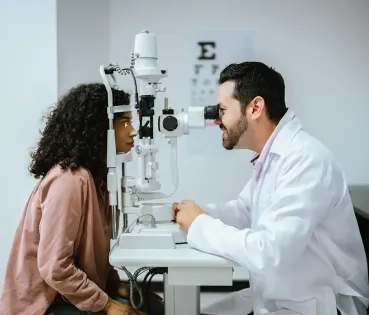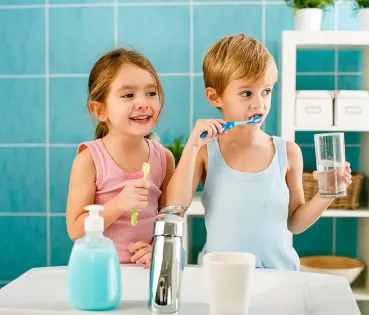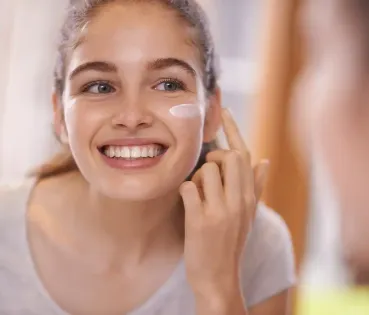
What is the right way to clean our ears?
Discover the safest and healthiest cleaning method, recommended by ear specialists, to prevent infection and earaches.
The ear is a very important organ, responsible for hearing and balance, which very often does not get the attention it deserves. Although we are taught from an early age the importance of washing and brushing our teeth, most people do not know the correct way to clean their ears to avoid possible infections and pain. This is largely due to the delicate and complex nature of this organ; incorrect cleaning can be counterproductive and very harmful, even causing hearing loss in the worst-case scenario. Therefore, learning the healthy way to clean our ears is essential for our well-being.
It is important to remember that the purpose of earwax is to protect our ears from the outside world by preventing dust, bacteria and other microscopic particles from entering. Therefore, the purpose of cleaning is not, under any circumstance, to do away with this protective barrier. The ear canals are cleaned naturally by expelling wax outwards when we move our jaw to eat or chew, but the amount of earwax varies from person to person and can sometimes accumulate in excess spontaneously or due to inadequate cleaning. People who are particularly prone to earwax accumulation should pay special attention to ear hygiene, applying the following recommendations.
Cotton swabs to clean our ears?
Although this method is widespread, cotton swabs should not be used to clean the ear canals under any circumstances; even the companies that market them place warnings about this on the product packaging. This is because, although we think we are removing earwax, we are actually dragging it deeper into the ear canal. The ear is not able to clean these remote areas naturally and this can cause serious infections. In addition, the cotton swab is a sharp element that could puncture the eardrum and result in partial hearing loss. Nor should we use other dangerous methods, such as candles or tweezers, and we should be very careful with commercial eardrops containing components such as hydrogen peroxide, sodium bicarbonate or sodium chloride, which can irritate some people’s skin, and which should always be prescribed by a doctor.
How to remove earwax buildup
Earwax buildup, also known as wax plugs, is caused by excess earwax blocking the ear canal and making it difficult to hear. In many cases, this does not present with serious symptoms, but may be accompanied by a feeling of pain, inflammation, ear canal secretion and/or ringing ears. If we suspect we have this problem, we should consult a doctor for advice on how to proceed. Under no circumstances should we try to remove it ourselves, as this could seriously damage our hearing. Currently, the most widely used and safest method is microsuction, which involves a qualified professional extracting the plug with the help of a specific device.
Ultimately, we must be proactive in caring for the hygiene of our ears to avoid earache and infection. As a general rule, we should never insert anything into the inner ear canal, neither to clean it nor to remove earwax buildup, as we could potentially pierce our eardrum. In case of discomfort, we should always consult a doctor, who will identify the cause and let us know what the safest solution is.




